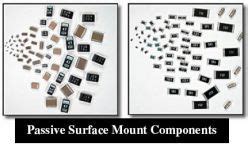
ALL ABOUT FLEX PCB
-
 Read more: SMD Components Identification: Differentiating the Different Surface Mount Components
Read more: SMD Components Identification: Differentiating the Different Surface Mount ComponentsUnderstanding SMD Components Surface Mount Devices, as the name suggests, are electronic components that are designed to be mounted directly onto the surface of a Printed Circuit Board (PCB). Unlike through-hole components, which require drilled holes for their leads to pass through the board, SMDs have small metal pads or […]
-
7 Aspects To Help You Learn More About AOI Test
Posted by
–
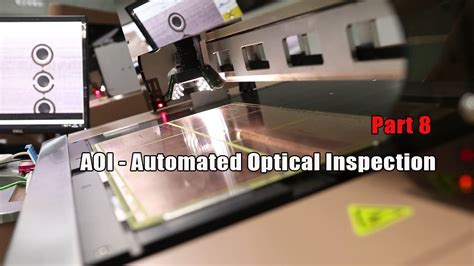 Read more: 7 Aspects To Help You Learn More About AOI Test
Read more: 7 Aspects To Help You Learn More About AOI TestWhat is an AOI Test? An Automated Optical Inspection (AOI) test is a automated visual inspection process used to detect defects or anomalies in printed circuit board (PCB) assemblies. AOI tests use high-resolution cameras and image processing software to quickly scan and analyze PCBs for missing components, incorrect component placement, […]
-
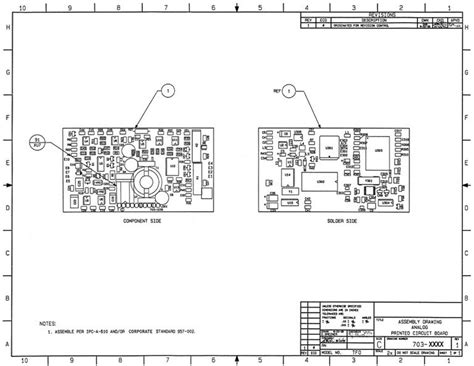 Read more: PCBA Drawing: What Are the Basic Requirements for Assembly Drawing?
Read more: PCBA Drawing: What Are the Basic Requirements for Assembly Drawing?Introduction to PCBA Drawing Requirements Printed Circuit Board Assembly (PCBA) is a crucial process in the manufacturing of electronic devices. It involves assembling various components onto a printed circuit board (PCB) to create a functional electronic system. To ensure the success of the PCBA process, it is essential to have […]
-
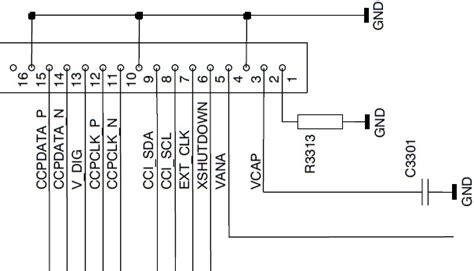 Read more: Raspberry Pi Camera Pinout: What It Is and How to Use It
Read more: Raspberry Pi Camera Pinout: What It Is and How to Use ItIntroduction to Raspberry Pi Camera The Raspberry Pi is a popular single-board computer that has revolutionized the world of DIY electronics and computing. One of the most exciting features of the Raspberry Pi is its ability to connect to a camera module, allowing users to capture images and record videos. […]
-
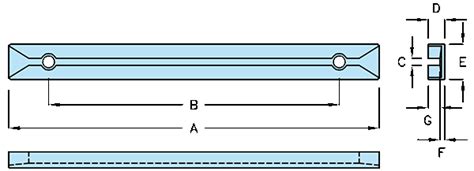 Read more: Custom PCB-The Ultimate Guide To Getting The Best Results
Read more: Custom PCB-The Ultimate Guide To Getting The Best ResultsIntroduction to PCBs and Why Custom PCBs Matter Printed Circuit Boards (PCBs) are the foundation of nearly all modern electronic devices. These flat boards, made from insulating materials like fiberglass, have conductive pathways etched or printed on them to create electrical connections between components. PCBs allow for the miniaturization and […]
-
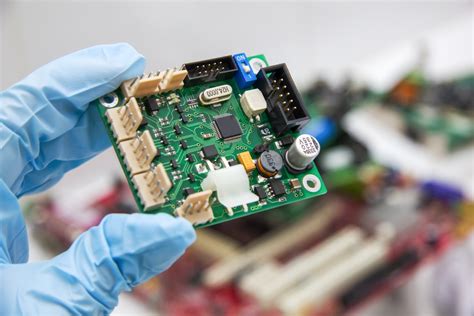 Read more: What Is PCB Assembly: A Comprehensive Guide for Beginners
Read more: What Is PCB Assembly: A Comprehensive Guide for BeginnersIntroduction to PCB Assembly PCB (Printed Circuit Board) assembly is the process of attaching electronic components to a printed circuit board to create a functional electronic device. The PCB serves as the foundation for the electronic components, providing mechanical support and electrical connections between them. PCB assembly is a crucial […]
-
LED Light PCB FAB & Assembly Expert
Posted by
–
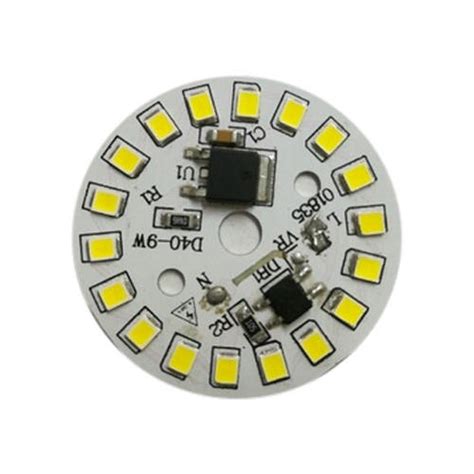 Read more: LED Light PCB FAB & Assembly Expert
Read more: LED Light PCB FAB & Assembly ExpertIntroduction to LED PCB Light-emitting diode (LED) technology has revolutionized the lighting industry, offering energy-efficient, long-lasting, and versatile solutions for various applications. At the heart of every LED light fixture lies a printed circuit board (PCB) that serves as the foundation for the electrical and mechanical components. In this comprehensive […]
-
Professional LED PCB Assembly Supplier
Posted by
–
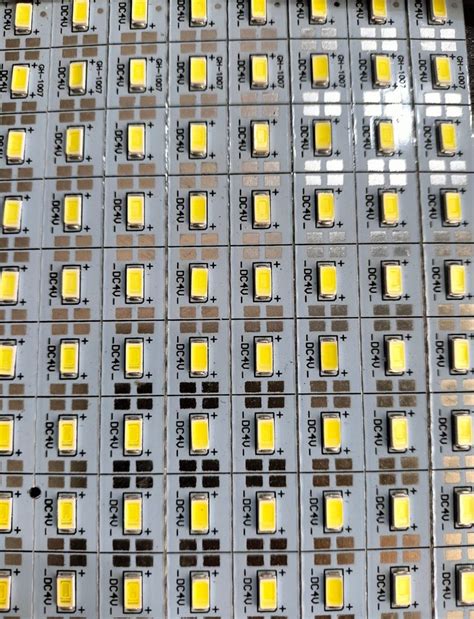 Read more: Professional LED PCB Assembly Supplier
Read more: Professional LED PCB Assembly SupplierIntroduction to LED PCB Assembly LED PCB (Printed Circuit Board) assembly is a crucial process in the manufacturing of LED lighting products. It involves the integration of LED components onto a printed circuit board, which serves as the foundation for the electrical connections and mechanical support of the LED system. […]
-
IC 4093- What is it, and How Does it Work?
Posted by
–
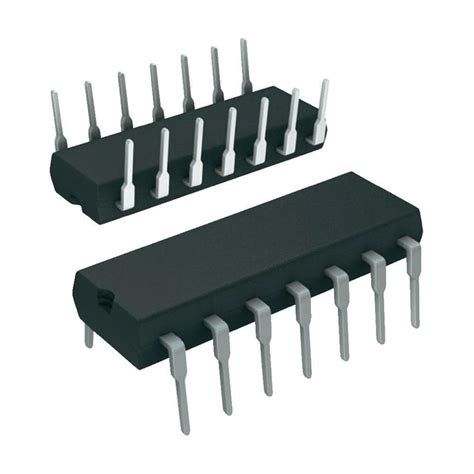 Read more: IC 4093- What is it, and How Does it Work?
Read more: IC 4093- What is it, and How Does it Work?Introduction to the IC 4093 Quad 2-Input NAND Schmitt Trigger The IC 4093, also known as the CD4093 or HEF4093, is a widely used integrated circuit (IC) that contains four independent 2-input NAND gates with Schmitt trigger inputs. This versatile chip is part of the 4000 series of CMOS logic […]
-
 Read more: Stray Capacitance – The Ultimate Guide You Need To Know
Read more: Stray Capacitance – The Ultimate Guide You Need To KnowWhat is Stray Capacitance? Stray capacitance, also known as parasitic capacitance, refers to the unintentional and unwanted capacitance that exists between conductors in an electronic circuit. This capacitance arises due to the proximity of conductors, the presence of dielectric materials, and the geometry of the circuit layout. In an ideal […]




